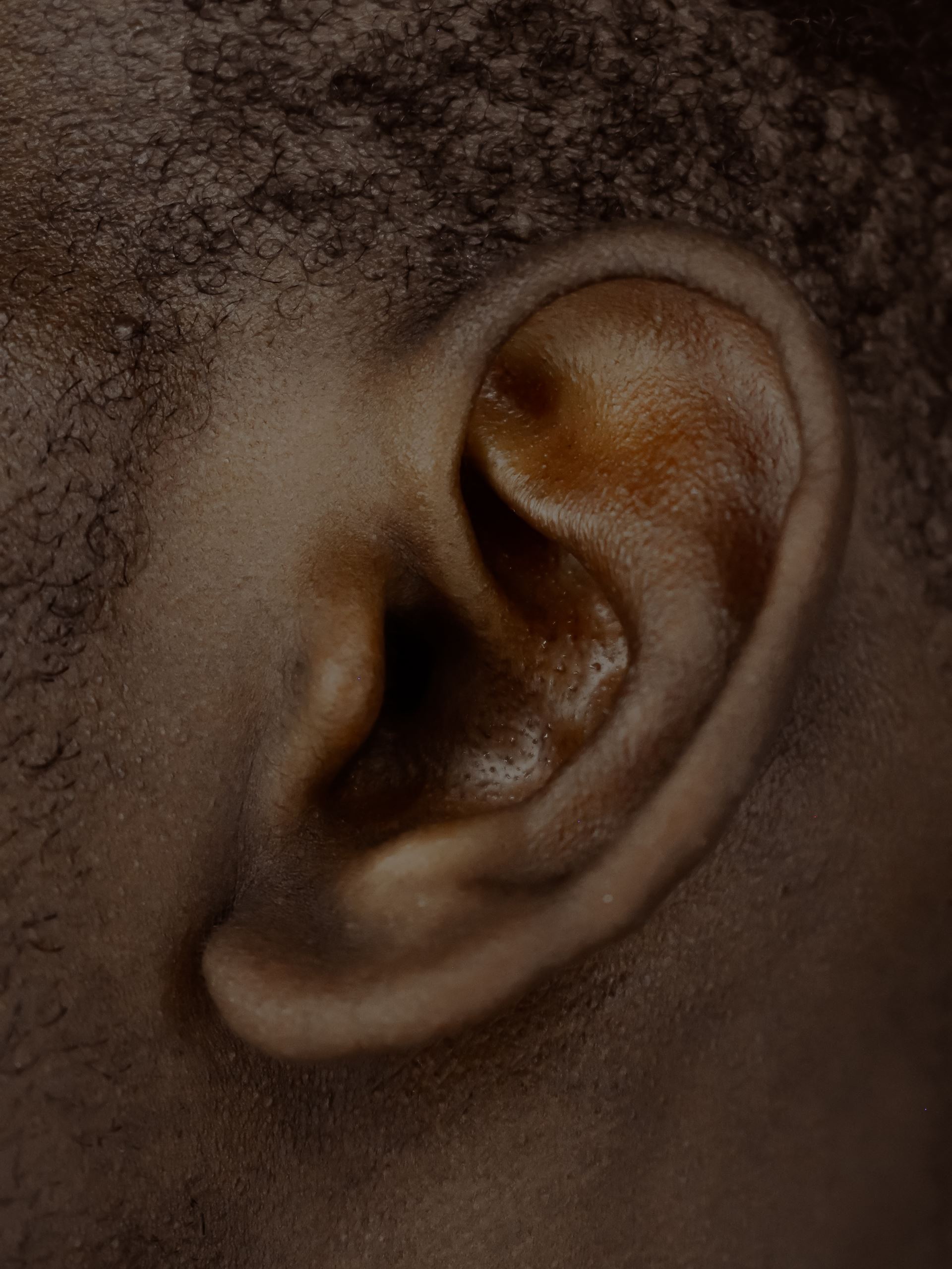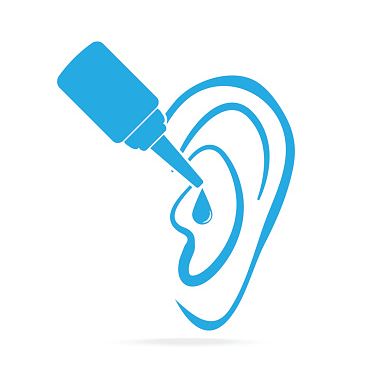Ear Wax
What is Ear Wax?
Ear wax is natural substance produced by the ears to protect the sensitive skin and tissues.
The amount of wax you produce varies greatly from person to person and usually causes no problems!
If you think you have a build-up of earwax that is affecting your hearing, please do NOT clear it with cotton buds; this can damage the ear and cause infection
Earwax usually falls out on its own. If it does not, you can use ear drops, and if that does not work, you can purchase a bulb syringe.
Most people do not require ear syringing or suction removal.

Ear Wax Drops
Drops help soften the wax, so that is comes out of its own accord - safely and without causing any damage to the ear.
We recommend using olive oil.
How to use olive oil drops
- Put 2-3 drops of olive oil into the ear, 2-3 times a day, for at least 2 weeks
- Warm the drops to room temperature before using them
- Lie on your side with the affected ear facing up when putting in drops
- Gently pull and push your outer ear to work the drops in
- Stay lying down for 10 minutes to allow the drops to soak into the earwax
- Avoid placing cotton wool into the ear - all that will do is absorb the oil away from the wax
- In the first few days you may initially feel the ears getting more blocked - this is normal, as the wax liquifies
Alternative drops
If olive oil doesn’t work, you can buy sodium bicarbonate drops from shops and pharmacies.
In most cases ear drops will clear a plug of earwax.

What should I do if the above has not worked?
If ear drops and bulb syringing have not worked, please make a routine appointment with the practice nurse, to check the ear.
If necessary, after that initial ear check, they may advise to book in for ear syringing, or some other treatment.
Remember, if you have any of the following, speak to your doctor:
- Pain
- Smelly discharge
- Blood
- Tinnitus (ringing)
- Vertigo (dizziness)
- Fever
Page created: 13 July 2020